In the modern world there are about 200 states. The principles of government in them are far from the same. At the head of one country is the president, in another, all important issues are decided by parliament, and somewhere at the top of power is the sultan or king. What types of government exist? How do they differ from each other?
Forms of government: concept and types
Each state has a certain mechanism, a model, according to which the control and management of society is carried out. One of the elements of this model is the form of government. It determines who owns the power in the country. There are two main types of state. Management: monarchical and republican. The first is a system where a single ruler or monarch is at the head. He may be called a king, sultan, king, etc., but the essence of this does not change.
In the republic, power is represented by special elected bodies consisting of a large number of people. The source of power in this case is not the monarch and his will, but the majority of the people. Both types of government are very ancient. The monarchy existed in Ancient Egypt, China, Japan, etc. Athenian democracy and the Roman Republic can serve as an example of another species. Sometimes one state combines the features of both forms. These types of government are called hybrid, or mixed.
Monarchy
Under monarchical rule, power is wholly or partially owned by one person. Depending on the characteristics of the state structure, the post of head is inherited. The monarch is considered the personification of his nation. In most cases, he holds a post for life and transfers it to posterity. In his decisions, he remains independent, and the adoption of the state takes place only by his will.
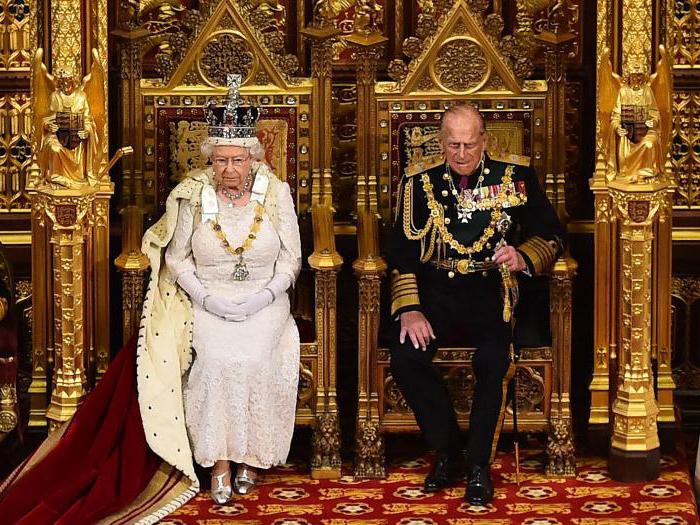
The monarch is often identified with God or His messenger, who is guided by the will of the Most High. Thanks to this, the head of the country was untouchable, and his orders were carried out unconditionally. With this type of government, the highest state person does not depend on the people and is distant from him. In case of discontent (with the traditional monarchy), the population has practically no leverage. Influence on the sovereign is often possible only by riots, uprisings, strikes.
Types of Monarchy
There are about 44 monarchies in the world. This type of government is supported mainly in Europe (Great Britain, Denmark, Liechtenstein, Sweden) and Asia (Brunei, Kuwait, Qatar, etc.). But in their structure, monarchies are also different:
- absolute;
- constitutional;
- theocratic.
Under an absolute monarchy, power is fully vested in the sovereign. He appoints a government and makes all the important decisions. This form is close to dictatorship and now operates in Oman, Brunei, Swaziland, Saudi Arabia and Qatar.
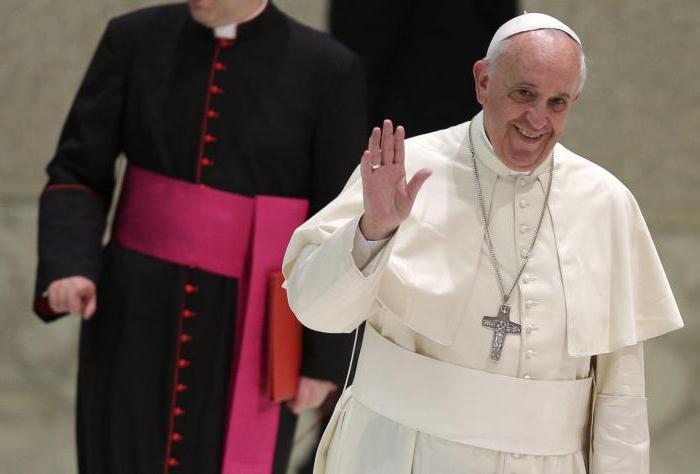
Theocracy is a rare type of government that is currently operating in the Vatican. Under her, the monarch is the head of not only the government, but also the clergy. It is believed that all decisions are made as directed by the Lord.
In a constitutional monarchy, sovereign power is limited by tradition, law, or the constitution. It happens parliamentary (Great Britain) or dualistic (Jordan, Morocco). In the first case, the monarch is only a representative person, and the decision is made by the parliament, in the second, the monarch also has certain powers.
Republic
In a republic, the head of government, the president, does not inherit power. It is elected by the people or appointed by elected organizations (parliament, parliament, etc.) for a specific term.With this type of government, the population has political rights and personal freedom. The republic is often equated with democracy, but this is a mistake. Nevertheless, the main source of power in it is the people. The government bears legal responsibility, it is accountable to citizens, and its actions must be in accordance with their will.
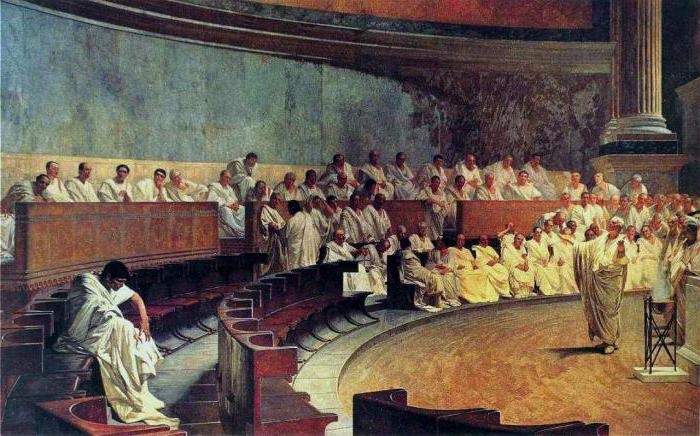
If the government does not meet the expectations of the population, the people have official levers of pressure on it, and may also require a change in the ruling apparatus. All elected bodies in the republic have a certain term of office.
Types of republics
In the past, the monarchical form of government prevailed, but now most countries are republics. In total there are about 140. Among them are:
- presidential;
- parliamentary;
- mixed.
In the presidential republic (USA, Cameroon, Cat-d'Ivoyar, most Latin American states) the main role belongs to the president. He is elected by the people, is the commander in chief of the military forces and the representative person of the country on the world stage. The president forms the government, submits bills to parliament and approves them. Earlier, the parliament may dismiss him from office by impeachment.
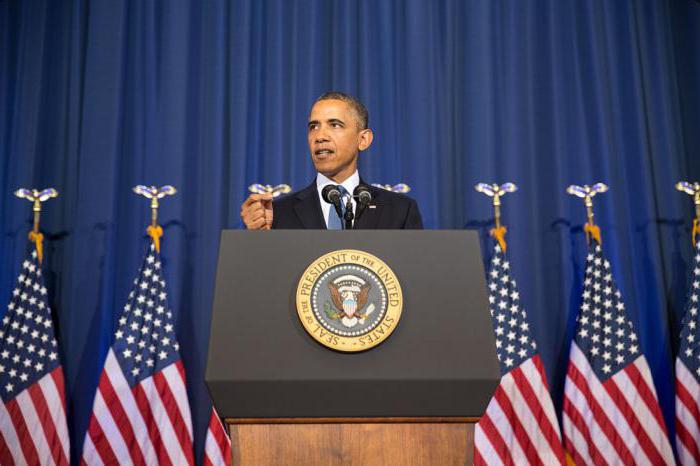
In a parliamentary republic, the president has less authority. The head of state, as a rule, is elected by parliament or a special body. The president is only a representative person, all real power belongs to the parliament. The government is also controlled by him, and not by the head of the country. Among the modern parliamentary republics are Austria, Turkey, Switzerland, Suriname, Botswana.
The principles of mixed republics differ in different countries. Their main feature is the mutual accountability of parliament and the president. They control each other's actions. Parliament can present a vote of no confidence to the head of government, and he, in turn, has the right to dissolve the parliament.
Hybrid government
Among the mixed forms of government distinguish:
- republican monarchy;
- monarchical republic.
The first type includes, for example, the UAE and Malaysia. By structure, such countries are federations and consist of several equal entities (republics, states, etc.). Their heads, monarchs, can be elected to the post of supreme ruler of the state. As a rule, the term of office of a monarch is strictly limited (in the UAE and Malaysia - 5 years).
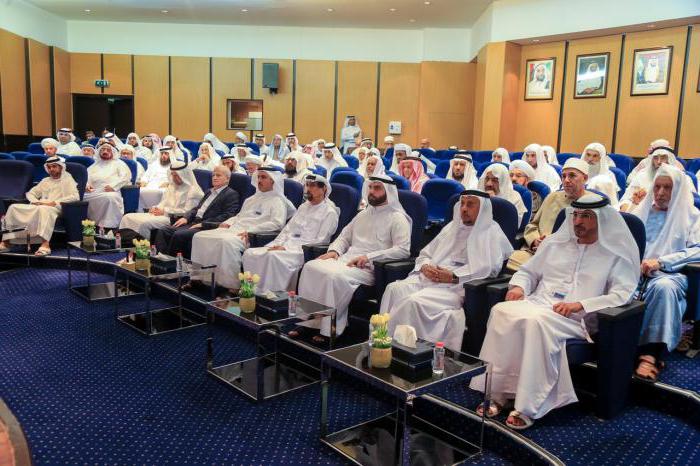
Turkmenistan, Kazakhstan, The Gambia, the DPRK are super-presidential, or monarchist republics. Nominally, in these countries there is a principle of separation of branches of power, but in reality it is not respected. Their chapters have unlimited lifetime power. They can be elected or take over the post by inheritance, but usually without the participation of the people.